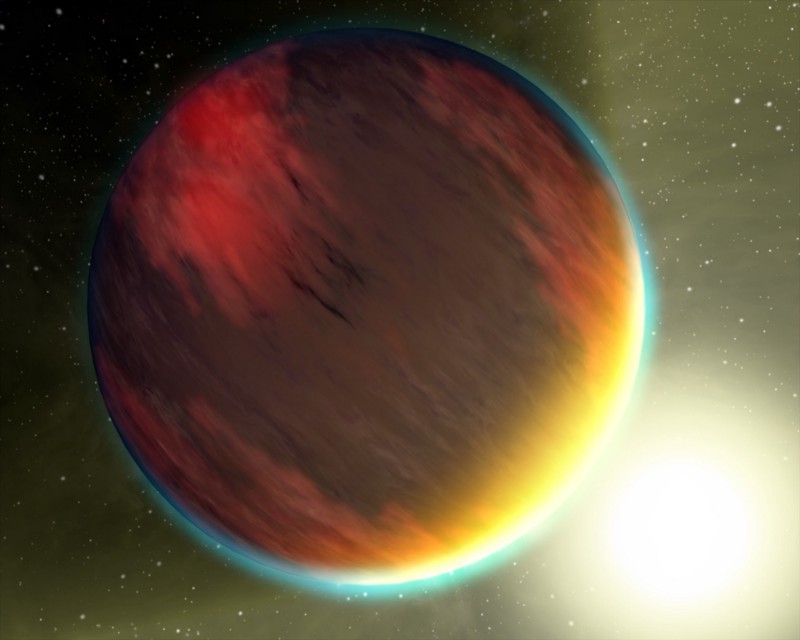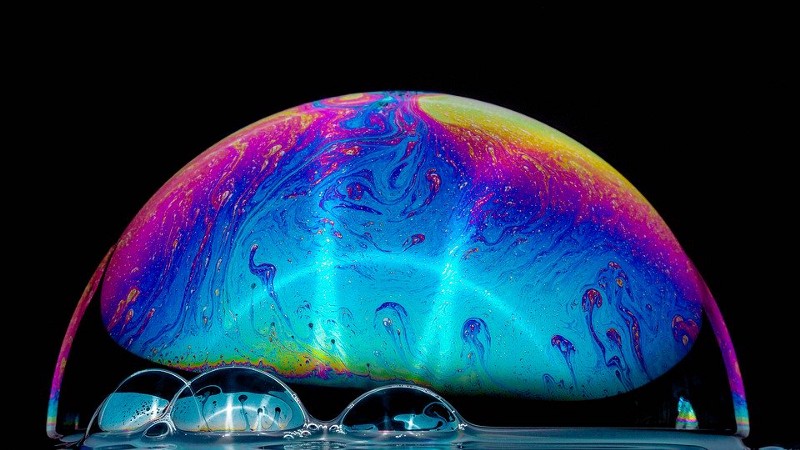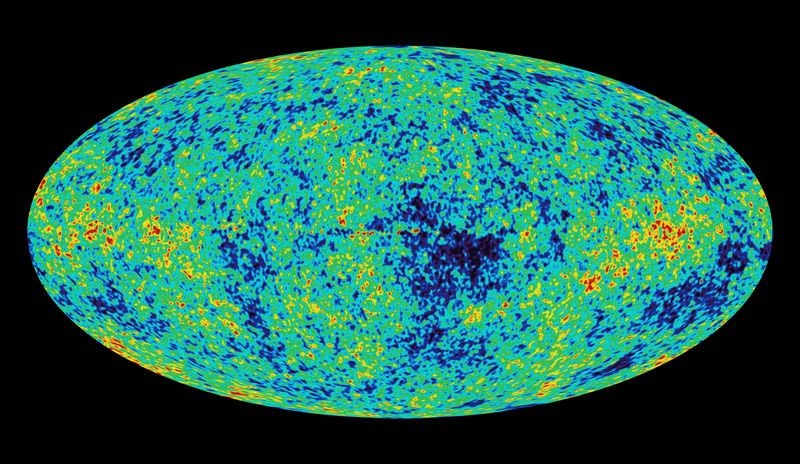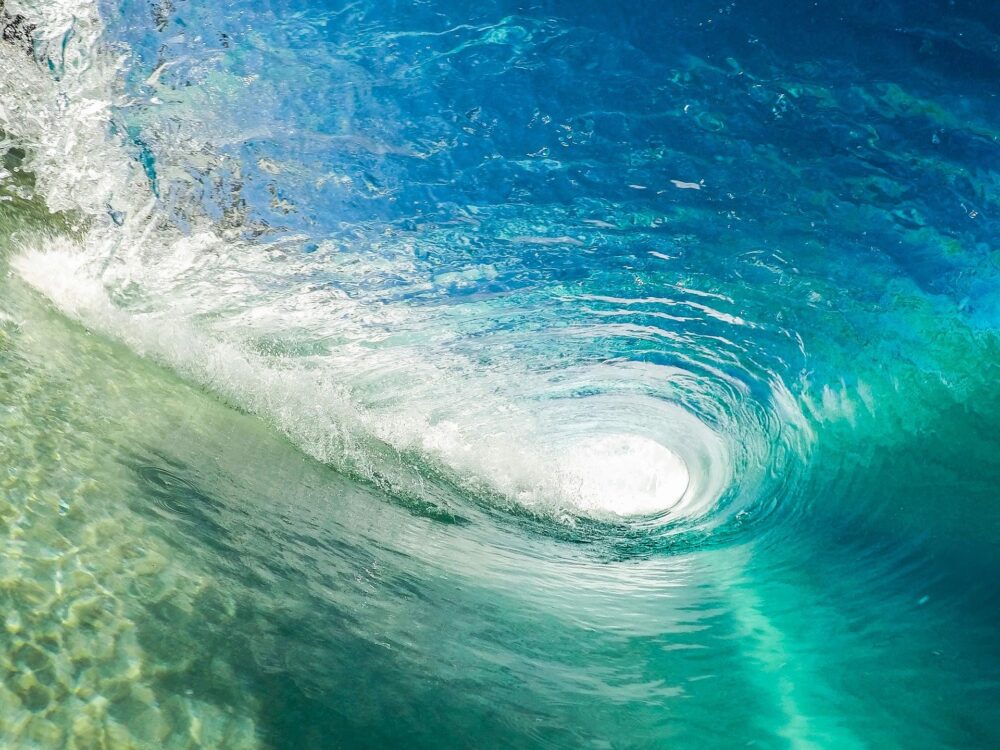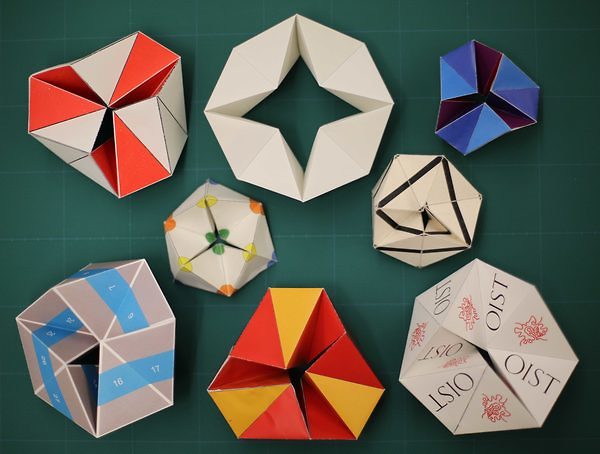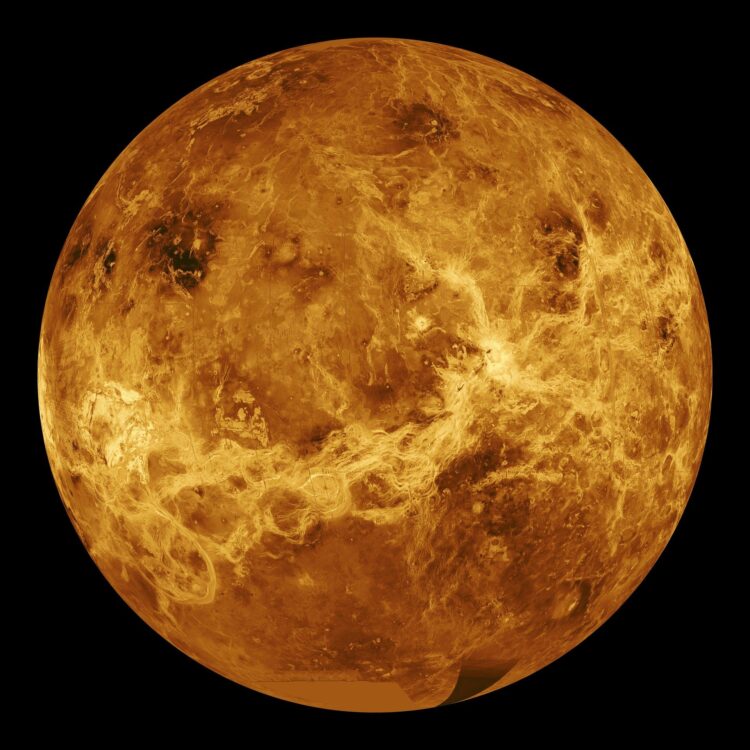The heartbeat of the ocean is slowing
We intuitively know that the ocean is constantly moving: the tides ebb and flow, waves swell and crash, plane wreckage moves mysteriously across latitudes to be beached on the other side of the world. But what makes the ocean move? The steady heartbeat of the ocean is its global-scale currents. Ocean circulation is the global-scale […]
The heartbeat of the ocean is slowing Read More »


